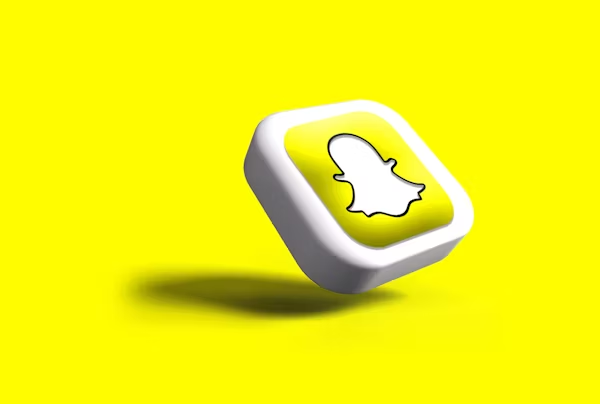“Half of my life is on this app and now they expect us to pay for it.” That sentence reflects the outrage spreading among millions of Snapchat users after the platform revealed plans to charge for storing old photos and videos. What was once a free digital scrapbook now comes with a price — and users are calling it unfair.
Paying to keep your memories alive
Snap, the parent company of Snapchat, announced in September that users will need to pay if their stored Memories exceed five gigabytes. These collections of snaps and clips often stretch back years and hold deep personal value. Many users see the change as “corporate greed” and have flooded social media and app stores with one-star reviews.
Snap defended the decision, saying it follows the model of Apple and Google, which already charge for cloud storage. The company advised users to download their Memories to their devices if they don’t want to pay — though for some, that means transferring tens of gigabytes of data.
A company spokesperson said the change would affect only a small number of users. They acknowledged that “it’s never easy to move from a free service to a paid one,” but claimed the new system would be “worth the cost.” Users online disagree loudly.
Outrage over the ‘memory tax’
An online petition calling the new charge a “memory tax” has gained support from angry users. Many describe the move as “ridiculous,” “unethical,” and “dystopian.” Some have even threatened to delete their accounts in protest.
On Google Play, user Natacha Jonsson left a one-star review condemning the plan. “If I know millennials right, most of us have years worth of memories on Snapchat,” she wrote. “And most of us only kept the app for that reason. 5GB is absolutely nothing when you have years of memories… Bye Snap.”
In a viral TikTok video, 20-year-old journalism student Guste Ven from London announced that she was leaving the app. “I downloaded all my memories as soon as I could,” she told a British news outlet. “Almost all of my teenage years are documented on Snapchat. It just doesn’t make sense to charge for something that has always been free.”
Devoted users feel betrayed
Snapchat has not revealed how much the new storage plans will cost in the UK. The company said the rollout will take place gradually around the world.
Londoner Amber Daley, 23, said she would be “distraught” if she had to pay. She joined Snapchat in 2014 and described it as “a part of everyday life.”
Amber said she understood the business side but felt the company underestimated how much users value their saved content. “It’s unfair to charge loyal customers who have been devoted for years,” she said. “These aren’t just called Memories — they are our real memories.”
The real cost of digital nostalgia
Charging for cloud storage is common. Millions already pay Apple or Google to store their photos and videos. But many argue that Snapchat’s decision feels different because users built their archives under the impression storage would remain free.
“Hosting trillions of Memories isn’t cheap,” said social media consultant Matt Navarra. “Snapchat must pay for storage, bandwidth, encryption, backups, and content delivery.” Yet he believes many users feel misled. “Encouraging people to build digital archives and then changing the rules feels wrong,” he said. “For most users, these Memories aren’t just data — they’re emotional artefacts.”
When personal history becomes business
Many users echo that sentiment. One reviewer wrote that their saved photos and videos are “the most precious thing to me.” “They include every part of my life — new family members, lost loved ones, friendships, and my teenage years.”
Dr. Taylor Annabell, a postdoctoral researcher at Utrecht University, said Snapchat’s change exposes the risks of trusting tech companies with personal archives. “These platforms profit from user trust and the illusion of endless access,” she said. “It keeps people tied to the app, scrolling through their memories. But they are not guardians of our past — they are businesses selling access to it.”



